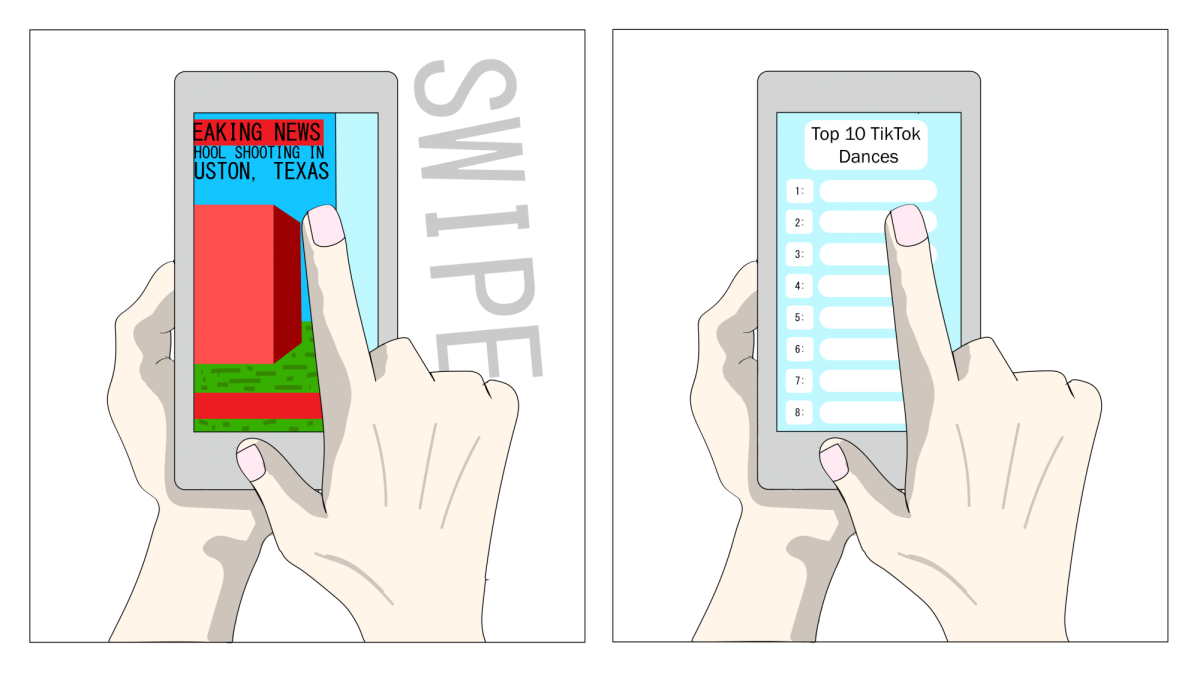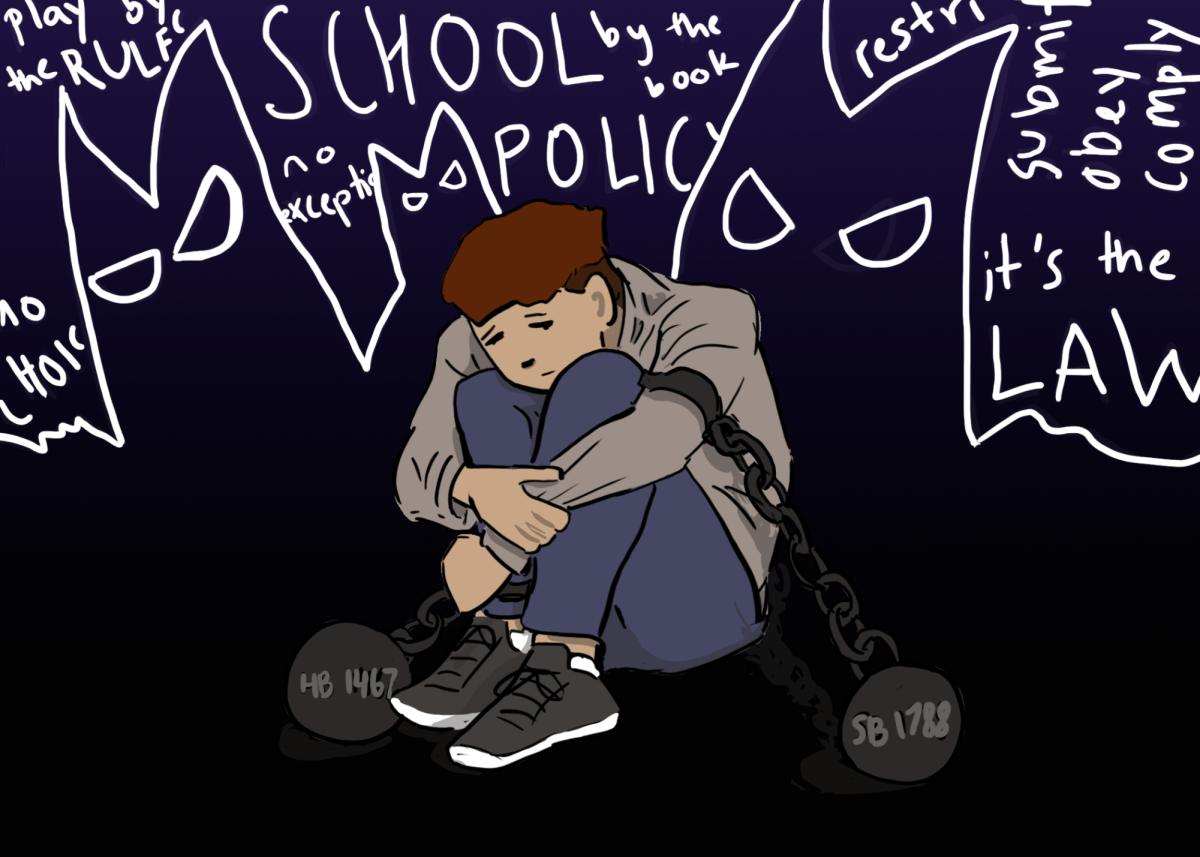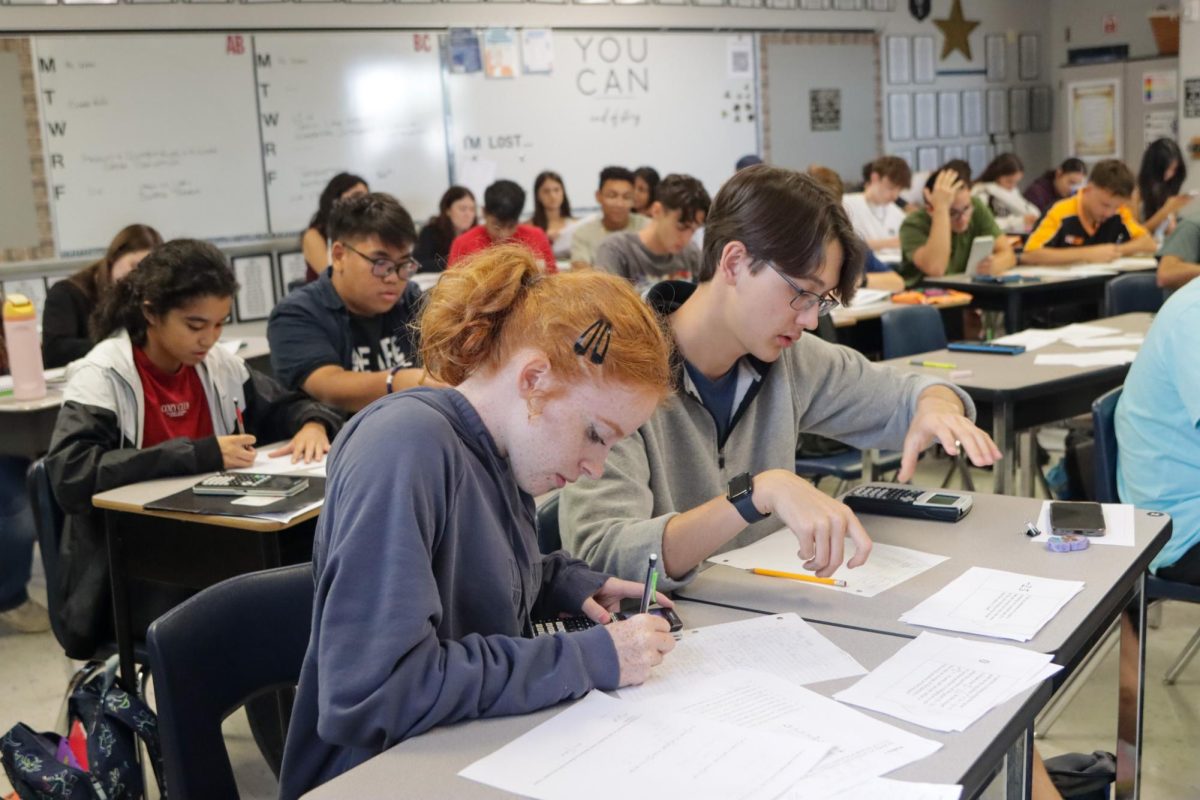
Nov. 1: Early action/decision applications close.
Jan. 2: Regular admission applications close.
Mid-January: early decisions release.
Jan. 31: Regular supplemental materials due.
Dates that are usually passed by without a thought suddenly become life-changing milestones during the college application season. As admission rates drop and tuition costs rise, the US college system has gained an infamous reputation in the last decade. The National Association for College Admission Counseling reported that more than 50% of students label college applications as “their most stressful academic experience to date.”
The average American student spends 12 years of regular education without much competition, with their only worry making a passing grade and meeting parents’ expectations. Then, senior year starts. Trickles of college emails turn into deluges. Test scores become more than a matter of personal pride. College counseling ads start popping up everywhere. Major and school choices inhabit every conversation. Friends and acquaintances start comparing stats.
Welcome to the college application season.

While our new College and Career Center is certainly moving in the right direction, most students are still wholly unprepared for the application process, and the system has changed so much over the years that parents are just as clueless as kids.
The FAFSA, the Free Application for Federal Student Aid, is the perfect example. While it is an extremely important source of financial aid—one that is more forgiving to student borrowers than private firms—many families remain unfamiliar about the process. Sallie Mae, a banking company, found that “33% of families believe their income is too high for their student to qualify for aid,” discouraging many from trying at all. Additionally, changes made to the FAFSA last year, intended to simplify the process, actually decreased the form’s completion by 30%. Even worse, only 29% of families found the new form easier to complete, making the FAFSA “Simplification” Act a dud. Money is always tough—why make it tougher?
FAFSA difficulties become an especially glaring problem with college costs increasing exponentially in recent years. In 2010, a four-year degree cost $22,677. Now, it costs $89,556, a steep price considering the average American household’s income is $80,610. Even though 85% of students received some sort of aid from FAFSA or CSS, those sources of support make a meager dent, with the average aid package coming in at $9,000.
If finances were the only issue, it would be bad enough, but college admissions are equally complicated. There are four different admission plans: early action, early decision, regular and rolling. But each university’s admission deadlines differ, and all the different due dates are confusing for first-time applicants. Plus, to make it more complicated, the subtle distinction between early action and early decision—with the latter being binding regardless of the received financial aid package—can have serious financial consequences for families uneducated about the process. CommonApp, often seen as the one-stop shop meant to simplify the application process, suffers from technical issues during peak submitting times, a cap of 20 colleges, and confusing supplemental prompts that can sometimes be hidden in different parts of the application.
Admission criteria add another layer of complexity. Holistic admissions, the norm in both private and public university spheres, evaluated applicants as a whole instead of just test scores and grades. While amazing in theory, this mystifies the process to some extent, leaving students wondering what colleges actually want. Some people insist grades are all that matter; others champion extracurriculars; others claim a compelling essay (or the unfortunate opposite) can completely change the game. The vagueness of holistic admissions has 75% of students worried that “one small application error could lessen their admission chances,” according to the NACAC’s poll.
Despite claiming education as the great equalizing factor, American colleges sure do not follow that mantra. The average college application fee costs $50, which can add up as students apply to multiple schools. At its baseline, SAT registration costs $68 and the ACT costs $69, and most students take both tests multiple times. With the help of county funds, Hagerty offers free SATs and ACTs for juniors and seniors, but most schools require students to pay themselves. While fee waivers are available for all three mentioned costs, families must (1) know they are available and eligible, and (2) understand how to fill out the required paperwork to prove their financial need–both of which are unlikely if students’ parents did not go to college themselves or immigrated from a different country, keeping the most underrepresented populations, well, underrepresented.
Colleges need to get it together—their purpose is to produce well-rounded, mature young adults who can change the world for the better; a frustrating admissions process is not going to help that cause. If anything, college admissions is the dictionary definition of starting off on the wrong foot.













